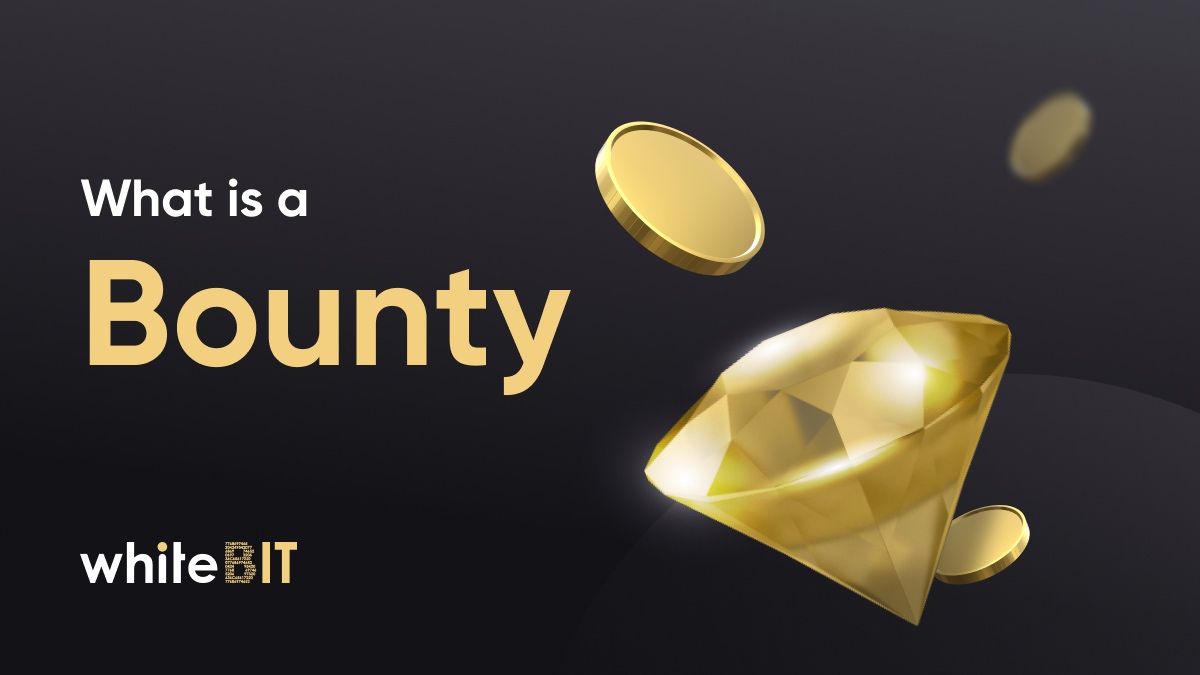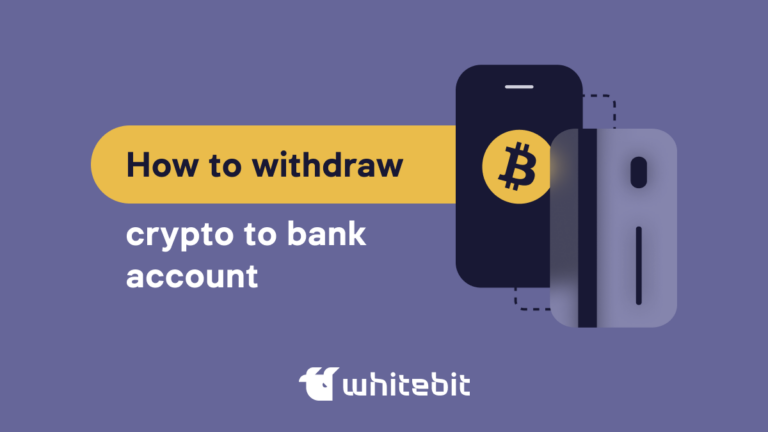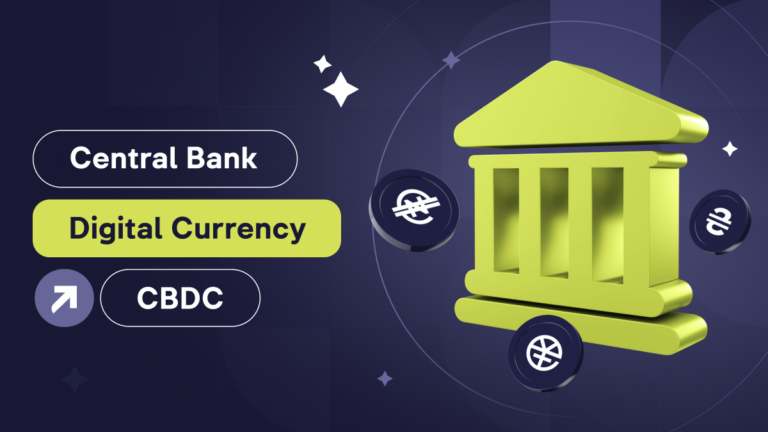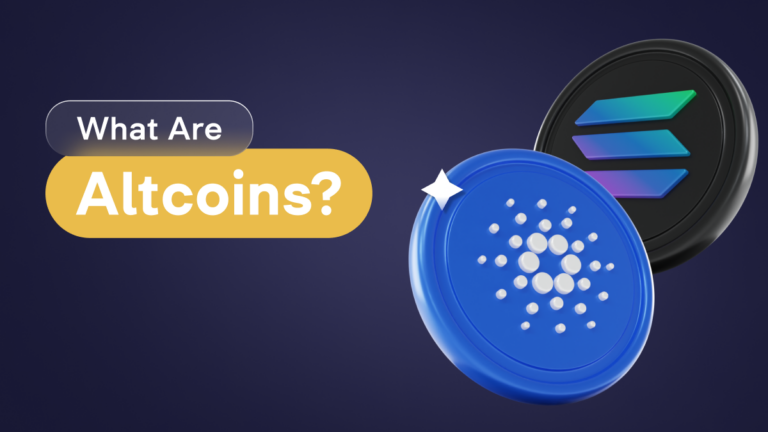Introduction to the Dash Blockchain: What Is Dash and How Does It Work?
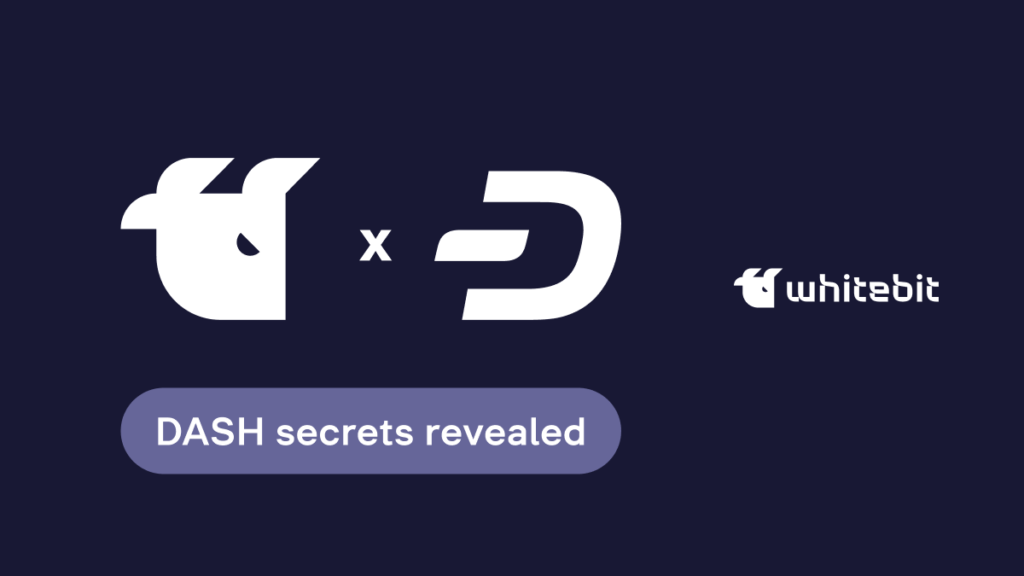
Content
DASH, short for Digital Cash, is a cryptocurrency making waves in the digital currency world. With its unique two-tier network, DASH offers faster transactions and lower fees than Bitcoin. Its innovative consensus mechanism, Proof-of-Service, rewards masternodes for providing network services, making it a truly decentralized and community-driven currency.
Created by Evan Duffield in January 2014, DASH has become one of the top digital currencies. So let’s delve deeper into the features and technology behind DASH, its current usage, and future potential.
Understanding the technology behind DASH Masternodes
DASH uses an open-source two-tier network consisting of standard nodes and masternodes to process transactions and ensure security and privacy.
The first tier of the network, standard nodes, are used to process and verify transactions similarly to other cryptocurrencies. These nodes use a consensus mechanism called Proof of Work (POW), where miners use powerful computers to solve complex mathematical problems, validate transactions, and add them to the blockchain.
The second network tier consists of masternodes, i.e., special servers that perform specific functions in addition to relaying transactions: they provide increased privacy, instant transactions, and management. Typically, masternodes are rewarded for their role in maintaining the network.
In addition, the information about transactions is not publicly available on the blockchain but is recorded only on these masternodes. DASH masternodes are full-fledged nodes and perform functions to support the network, such as providing private transactions (PrivateSend) and instant transactions (InstantSend).
Masternodes in the DASH network are required to hold a certain amount of DASH as collateral and are incentivized through block rewards. Moreover, masternodes play a crucial role in the DASH network’s governance and decision-making processes (DAO) and vote on proposals to improve the network.
This two-tier network structure enables DASH to offer faster transaction times, lower fees than Bitcoin, and advanced features such as governance and budgeting.
How Is the Dash Network Secured?
“PrivateSend” and “InstantSend” are two advanced features of the DASH network that provide additional privacy and speed for transactions.
PrivateSend
It is a feature that allows users to mix their transactions with others, making it more difficult to trace the origin of the funds. This is done using a process called CoinJoin, where a user’s transaction is combined with several other transactions before being broadcast to the network. This makes it harder for outsiders to determine which funds belong to which user, providing an additional layer of privacy for DASH transactions.
InstantSend
It is a feature that allows for near-instant confirmation of transactions by locking them in the masternode network. This is done by quorums of masternodes that reach a consensus on the validity of a transaction before it is added to the blockchain. This eliminates the need for miners to confirm the transaction, resulting in faster confirmation times and reducing the risk of double spending.
What is X11?
X11 is a hashing algorithm used by the DASH network to secure its blockchain. A hashing algorithm is a mathematical function that converts data of any size into a fixed-size output, called a hash. X11 is a combination of 11 different algorithms, including blake, bmw, groestl, jh, keccak, skein, luffa, cubehash, shavite, simd, and echo.
The X11 algorithm has a few advantages, such as being more secure and resistant to ASIC mining than other algorithms like Scrypt and SHA-256, which are more commonly used in other cryptocurrencies. X11 is also more energy-efficient than different algorithms, which helps reduce the cost of mining DASH.
Dark Gravity Wave (DGW)
Dark Gravity Wave (DGW) is a difficulty-adjustment algorithm used to adjust the difficulty of mining a block in response to changes in the network’s hash rate. The DGW algorithm is an improvement over the original difficulty-adjustment algorithm used by DASH, known as Kimoto Gravity Well (KGW).
One of the main benefits of DGW is that it is more resistant to time-warp attacks, a type of attack where a miner manipulates the timestamp of a block to make it appear as though it was mined at a different time. DGW also helps to prevent large fluctuations in difficulty, which can cause problems for miners and make the network less secure.
How Is Dash Different From Bitcoin?
DASH and BTC are both decentralized cryptocurrencies that use blockchain technology, but there are several key differences between the two.
- Transaction processing
Bitcoin uses a Proof-of-Work (POW) consensus mechanism where miners process and verify transactions using powerful computers. DASH, on the other hand, uses a two-tier network consisting of standard nodes and masternodes.
- Governance structure
Bitcoin has a decentralized decision-making process, where changes to the protocol are made through a process of consensus among developers and users (BIP — Bitcoin Improvement Proposal). DASH has a built-in governance system, which allows masternode holders to vote on proposals for funding and development of the DASH network. This allows for a more decentralized decision-making process and enables the community to have a direct say in the project’s direction.
Additionally, a “PrivateSend” feature allows users to mix their transactions with others, making it more difficult to trace the origin of the funds. On the other hand, Bitcoin transactions can be traced through the blockchain and are not entirely private.
- Hashing
Finally, DASH uses the X11 hashing algorithm, which is more energy-efficient and resistant to ASIC mining than the SHA-256 algorithm used by Bitcoin. This helps to keep the cost of mining DASH lower and makes the network more decentralized.
DASH stands out as a formidable player in the crypto space with its innovative features and established reputation. The network’s two-tiered structure, combined with its privacy-enhancing features like PrivateSend and InstantSend, make it a top choice for those seeking both speed and privacy in their transactions.
The consensus mechanism used in the DASH network, a hybrid of Proof-of-Work and Proof-of-Stake, ensures the security and reliability of the network while providing incentives for participants to contribute to its success. With its unique combination of features and strong track record, DASH is a cryptocurrency to watch.





